11 Mistakes New Adirondack Hikers Often Make & How to Avoid Them
Woohoo! You've decided to become a hiker. Planning your first hike is exciting but there are a few things you should know before finalizing the details. We put together a list of the top 11 mistakes new hikers make, especially in the Adirondacks, plus tips to avoid these mishaps:
1. Not Adhering to Leave No Trace Principles
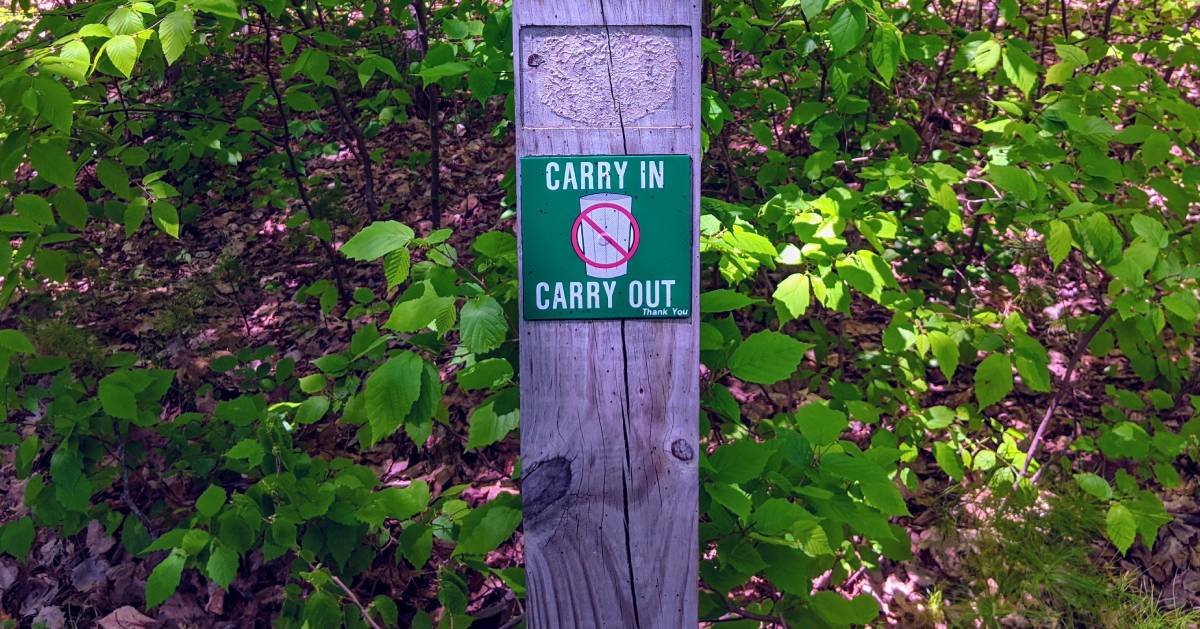
The DEC has seen a major increase of trash on trails. Please help us protect the pristine Adirondack Park.
Have you heard of Leave No Trace? Hike Smart? According to LNT, 9 out of 10 people in the outdoors are uninformed about their impacts on the environment and wildlife when hiking, camping, or recreating. Educate yourself on the 7 Principles of Leave No Trace, which include being considerate of other visitors, carrying in what you carry out, and more. (And, bookmark our Around the Region blog, where we report on current hiking conditions each week!)
2. Wearing Brand New Hiking Boots or Shoes
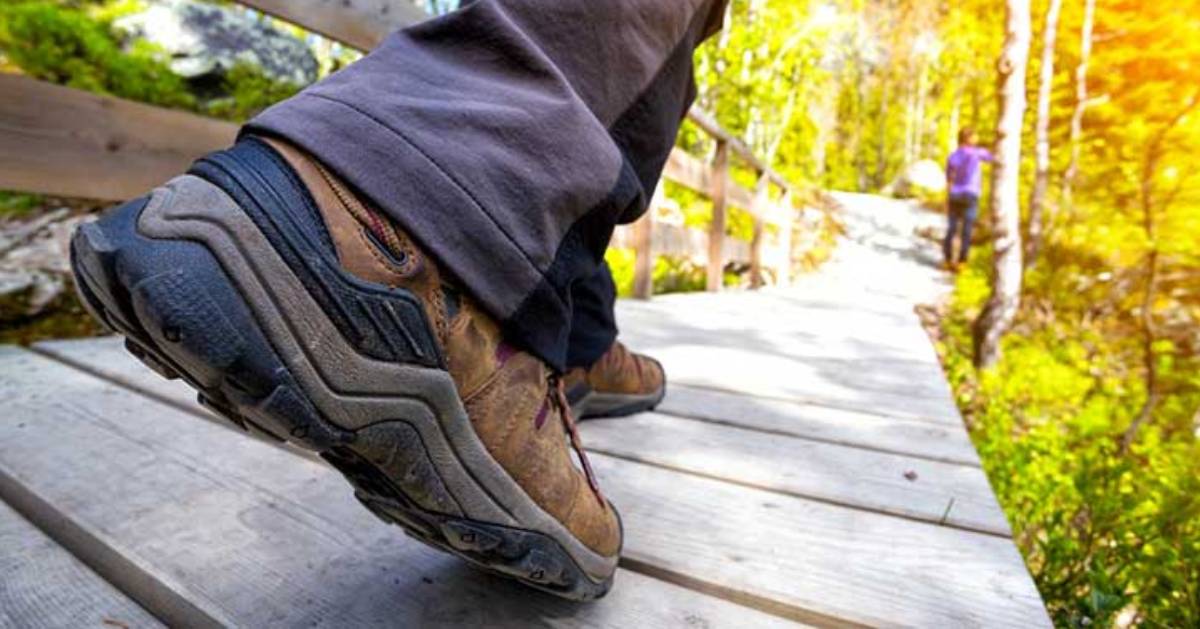
Bonus tip: Make sure to get waterproof boots, especially for spring hikes.
Wearing new shoes on the trail is one of the cardinal sins of hiking. Avoid blisters and sore feet by wearing comfortable shoes. If you ordered new hiking boots or shoes break them in by wearing them around the house and out and about in your everyday life before hitting the trails. Trust us, doing a six-hour hike with boots fresh from the box will be an experience you won't forget - and not in a good way.
3. Trying to Tackle Too Much
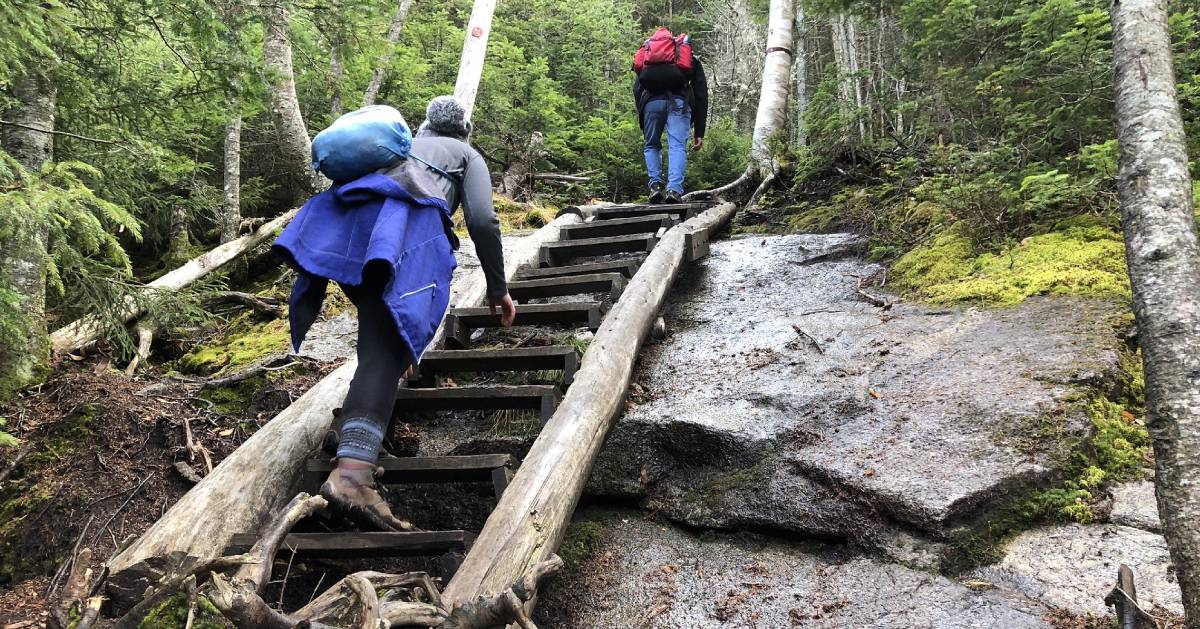
It's especially important during the pandemic to research trails ahead of time and hike within your means.
If you plan to conquer Mount Marcy for your first hike, you're going to have a bad time. When you first start hiking, it's imperative that you pick one that's suited for beginners. Choose a hike that won't kill you after the first hour. You don't want to push yourself to the point of exhaustion or wind up feeling discouraged or defeated. Start off on trails recommended for beginners—you'll be glad you waited before taking on big peaks!
4. Exerting Yourself Too Much Early On
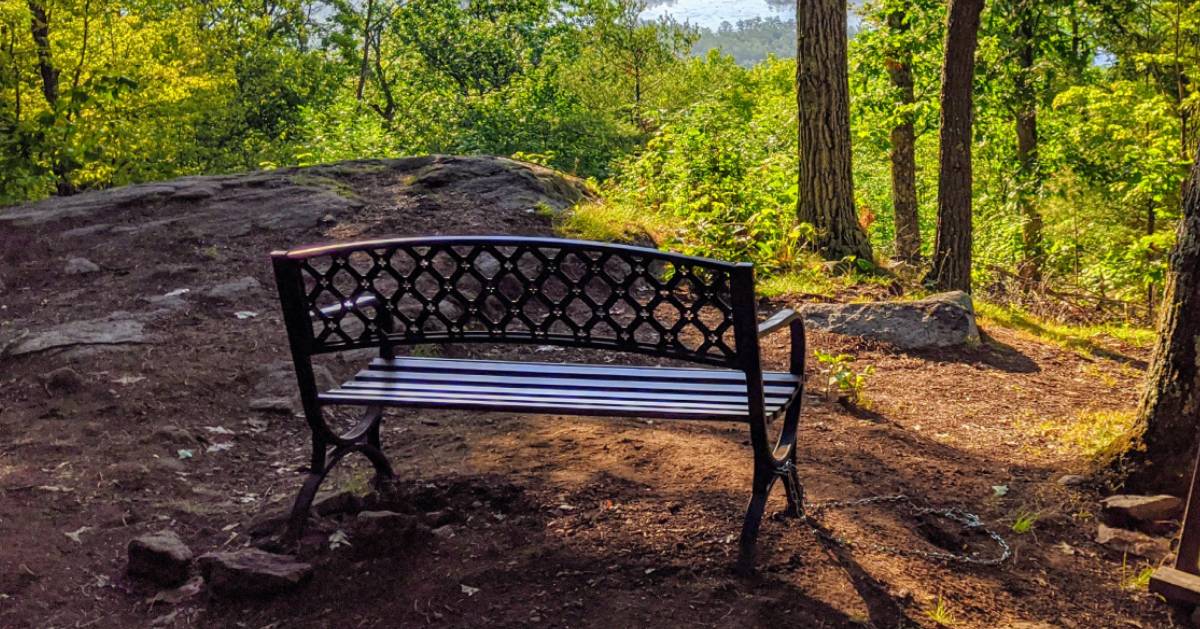
This lovely bench on Meade Mountain is the perfect place to stop for a snack.
Repeat after us: Hiking is not a sprint race. Think of it like a marathon, where pace is key. You don't want to use up all of your energy within the first mile. You'll be hurting by mile 4 and then you'll be ready to give up - which is not so good. Take your time on the trail, enjoy the scenery around you, and make sure to stop for breaks and to eat and drink water. Some trails have benches or smooth, large rocks to take it easy for a moment!
5. Wearing Denim (Or Flip Flops, Or...)
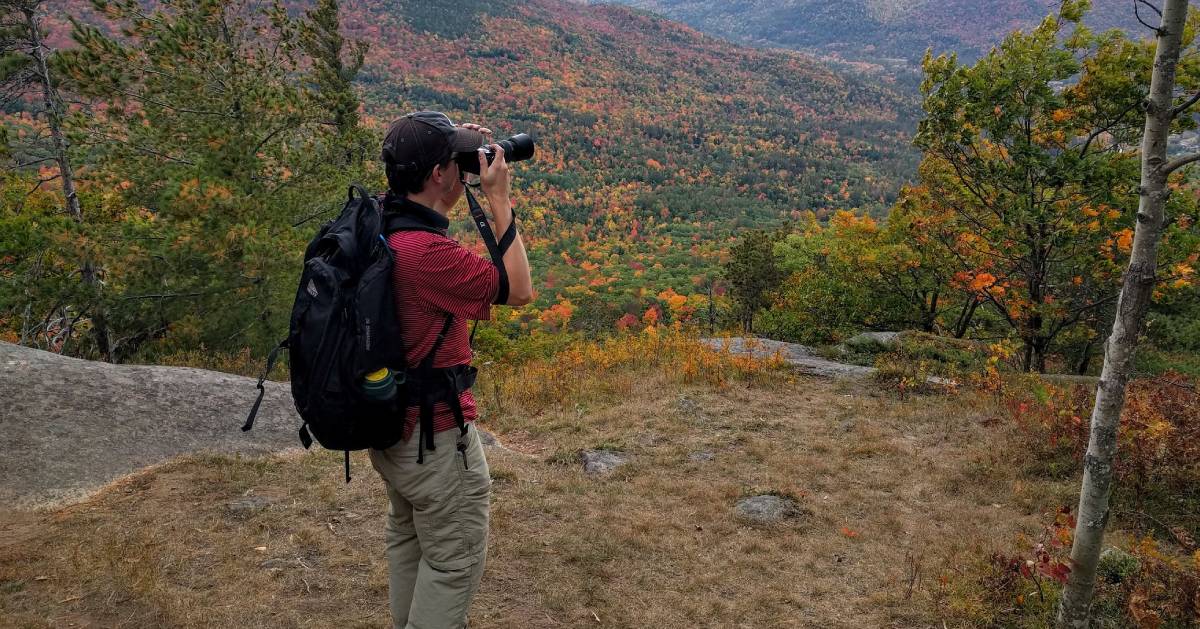
This man is dressed appropriately for fall foliage at Baxter Mountain, and hopefully has extra layers in his pack!
Put your beloved jeans back in the drawer. Wearing comfortable pants is important when hiking, especially as a new hiker. Go for the yoga pants, stretch pants, wind pants... pretty much anything but denim. On top of being uncomfortable, your jeans are most likely cotton. Cotton is a terrible choice for hiking: it takes forever to dry and can ice up in below-freezing weather. The moisture from cold, wet fabric against your skin will sap your body heat leaving you freezing and shivering your entire hike, resulting in a pretty rotten mood. Jeans are also bound to cause some chafing and just general discomfort.
6. Starting Too Late in the Day
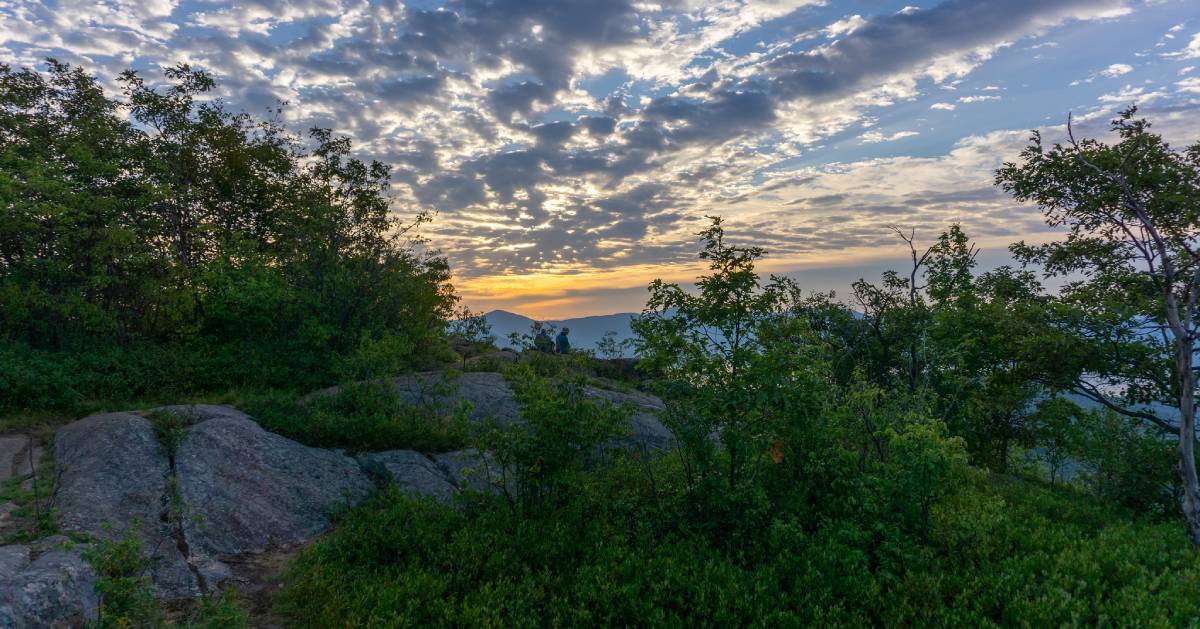
Just look that stunning sunrise over Cat Mountain! Photo credit: Kevin Hanselman.
Hiking is much more enjoyable in the daytime. You're able to see your surroundings clearly, snap some great photos, and enjoy the sunshine once you reach the top. A lot of beginner hikers start their hike in the afternoon, which really is too late to begin. You want to get going as early as possible and avoid climbing down the mountain in the pitch dark (more on this in the next section). Major bonus points to you if you're able to get out there to capture the sunrise!
7. Not Bringing a Headlamp

Headlamps can come even smaller and lightweight than what's pictured here.
The DEC has reported having to rescue hikers who end up hiking out in the dark unexpectedly. This can especially happy in the fall, when hiking becomes more popular because of the gorgeous foliage, and because this is the time of year when the sun starts setting earlier and earlier. Be mindful of sunrise and sunset times and pack a headlamp, or least a flashlight with extra batteries. Never rely on
8. Not Checking the Weather Forecast
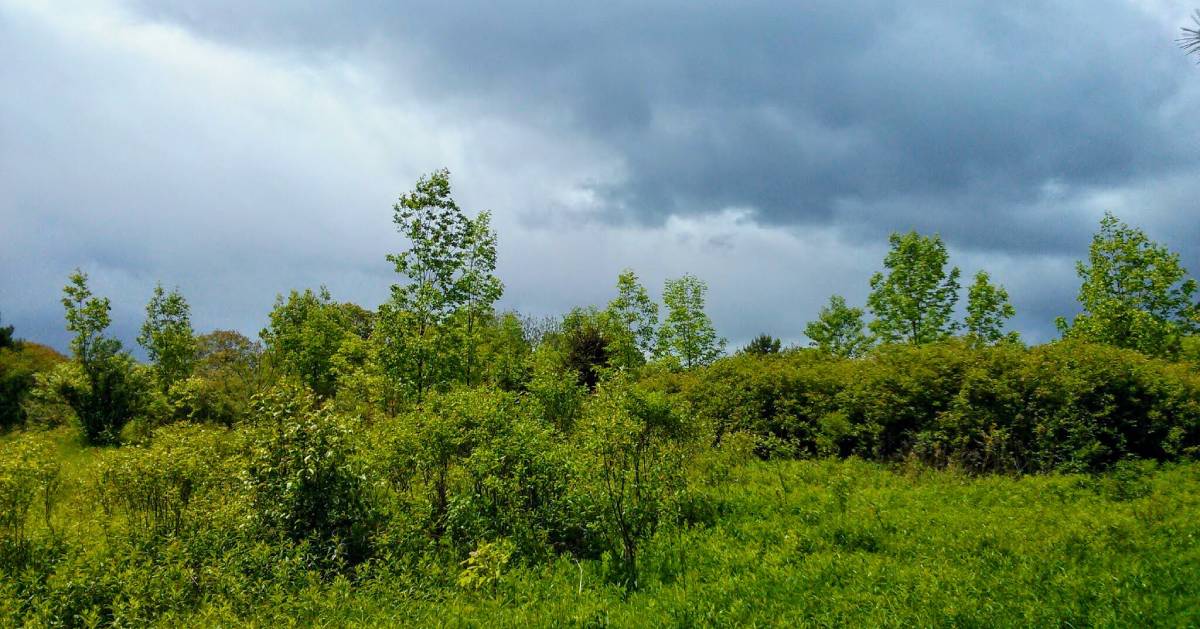
In the summertime thunderstorms can pop up even when not forecasted. Photo credit: Alan Nudi.
Trudging through pouring rain is probably not the idea you have in mind for your first hike. You imagine a day full of sunshine, with a clear blue sky and a light breeze while you conquer your first trail. Check the weather in the days leading up to your hike and before you start so you know what to expect. Avoid days with a high chance of rain, hail, snow, and lightning. Just remember, weather forecasts are never 100% accurate and weather on the trail can change in an instant. Before you start hiking regularly, learn what to do if you run into a storm on the trail.
9. Not Bringing Enough Water

Make sure to also pack enough water for any little ones or furry friends you're bringing with you!
Even if you think you've packed enough water, you probably haven't. We cannot stress how important water is while hiking. New hikers often make the mistake of bringing one bottle of water on a six-hour hike. Rookie move. You'll want to have at least two bottles of water for yourself. While hiking, you're expending energy and sweating so you'll need to hydrate along the way. Sports drinks and juices are okay to drink while hiking, but water is the best choice. Water is the one thing you don't want to forget to pack. Check out other recommendations for what to pack.
10. Forgetting to Pack Snacks

Trail mix, nuts, and granola bars are classic snacks to bring on the trail. Just remember to carry in, carry out with any packaging and food scraps!
Like water, snacks are imperative for hiking. When you first start out, it's easy to underestimate how ravenous you'll get while hiking. You might think "I don't eat much anyway, I'll just bring a sandwich for lunch at the summit." This type of thinking will leave you hangry. Your body needs protein, carbs, and healthy fats for energy. Pack things like fruit, granola bars, nuts, trail mix, and sandwiches for snacking along the trail.
11. Missing the Experience
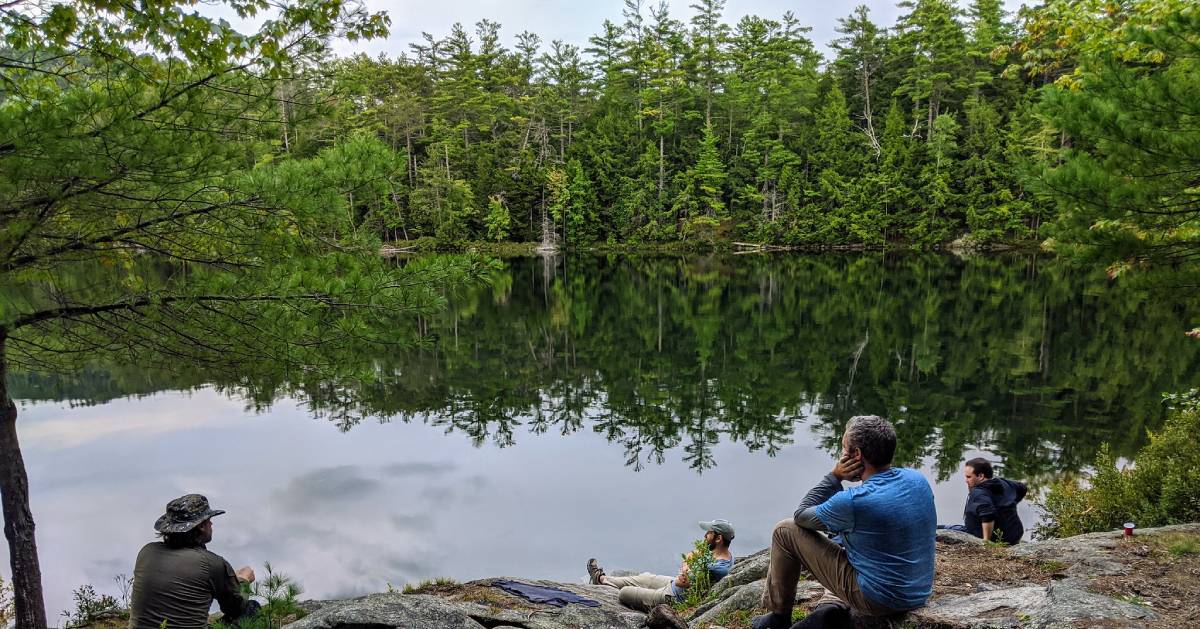
Not a phone in sight this clear afternoon at Pharaoh Lake! Photo credit: Alan Nudi.
We could also have called this section "taking too many photos for Instagram." Remember to take some time to soak in the sights, sounds, and smells around you. It's easy to get caught up in getting the perfect picture, or even to get too zoned into hiking and walking and climbing and getting through the journey - pause to enjoy the journey itself to your summit or desired destination! Stay present. Take breaks.
« Back to the Beginner's Hiking Guide